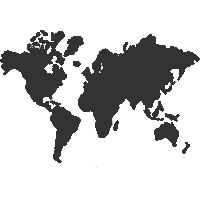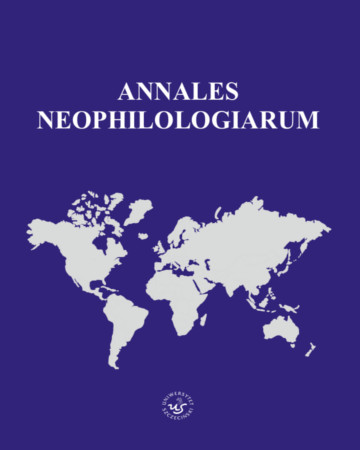





| Authors: |
Katarzyna
Gadomska

Uniwersytet Śląski |
| Keywords: | dystopia Andrevon totalitarianism utopia fear |
| Data publikacji całości: | 2018 |
| Page range: | 11 (77-87) |
| 1. | Andrevon, J.-P. (1980). Préface de L’oreille contre les murs. Paris : Denoël. |
| 2. | Andrevon, J.-P. (2001). L’oeil derrière l’épaule. Paris : Hachette. |
| 3. | Attalah, M. (2013). Les mondes parfaits sont-ils si éloignés de leurs frères cauchemardesques ? Quelques (brèves) réflexions sur l’utopie. In : Les Utopies, catalogue. Genève: Cercle de la Librairie et de l’Édition de Genève. |
| 4. | Dessy, C. (2016). De la science-fiction à la dystopie. Textyles, 48. [En ligne] http://journals. openedition.org/textyles/2663 (22.03. 2018). |
| 5. | Dessy, C., Stiénon V. (dir.) (2015). (Bé)vues du futur. Les imaginaires visuels de la dystopie (1840–1940). Villeneuve d’Ascq : Presses universitaires du Septentrion. |
| 6. | Fondanèche, D. (2005). Paralittératures. Paris : Vuibert. |
| 7. | Gadomska, K. (2012). La Prose néofantastique d’expression française aux XXe et XXIe siècles. Katowice : University of Silesia Press. |
| 8. | Guertin, M. (1999). La contestation dystopique (étude sur les rapports entre l’utopie, l’idéologie et la dystopie). Trois Rivières : Université du Québec à Trois-Rivières. |
| 9. | Jouvenel, B. de. (1964). L’Art de la conjecture. Monaco : Éd. du Rocher. |
| 10. | Prévost, A. (1978). L’Utopie de Thomas More. Présentation, texte original, apparat critique, exégèse, traduction et notes. Paris : Mame. |